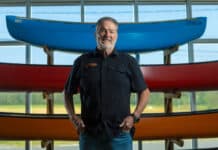On the first day of Florida’s ICAST 2024 tradeshow, at the annual State of the Industry breakfast, Glenn Hughes, president of the American Sport Fishing Association, addressed hundreds of tackle manufacturers and media representatives, sharing the good and bad news.
The good news: According to the Recreational Boating and Fishing Foundation (RBFF) Special Report, 57.7 million people went fishing in 2023, a six percent increase over 2022. That’s 19 percent of the U.S. population, the highest participation rate in 16 years. The bad: The number of people who quit fishing each year is holding steady at 23 percent.
While young people are more likely to start fishing, aging anglers are leaving the sport. Although more people are fishing overall, the average number of trips is down—31 percent of anglers fish once a month or more, and just six percent of anglers fish once a week or more. We reached out to Hughes and business leaders in the audience for their responses on the opportunities and obstacles the industry faces.
The near future of fishing
Glenn Hughes | President, American Sportfishing Association
Glenn Hughes’ journey to president of the American Sportfishing Association (ASA) started at a family cottage on a lake filled with fish. When it was time to choose a career, Hughes entered the sportfishing industry, eventually leading some of the largest boating and fishing magazines. In 2018, Hughes became president of ASA, bringing his knowledge of the sport to advocate for its success.
“Business reaction to the current environment varies from manufacturer to retailer. Manufacturer sales are generally soft as retailers are lowering the levels of inventory they are carrying. We have seen slightly smaller investments in R&D and technology overall, as well as belt-tightening on travel, sponsorship, discounted products and more. In general, independent retailers are placing more but smaller orders to minimize the inventory and debt they are carrying. There is more competition from international websites that discount products and avoid excise taxes with direct sales into the U.S.
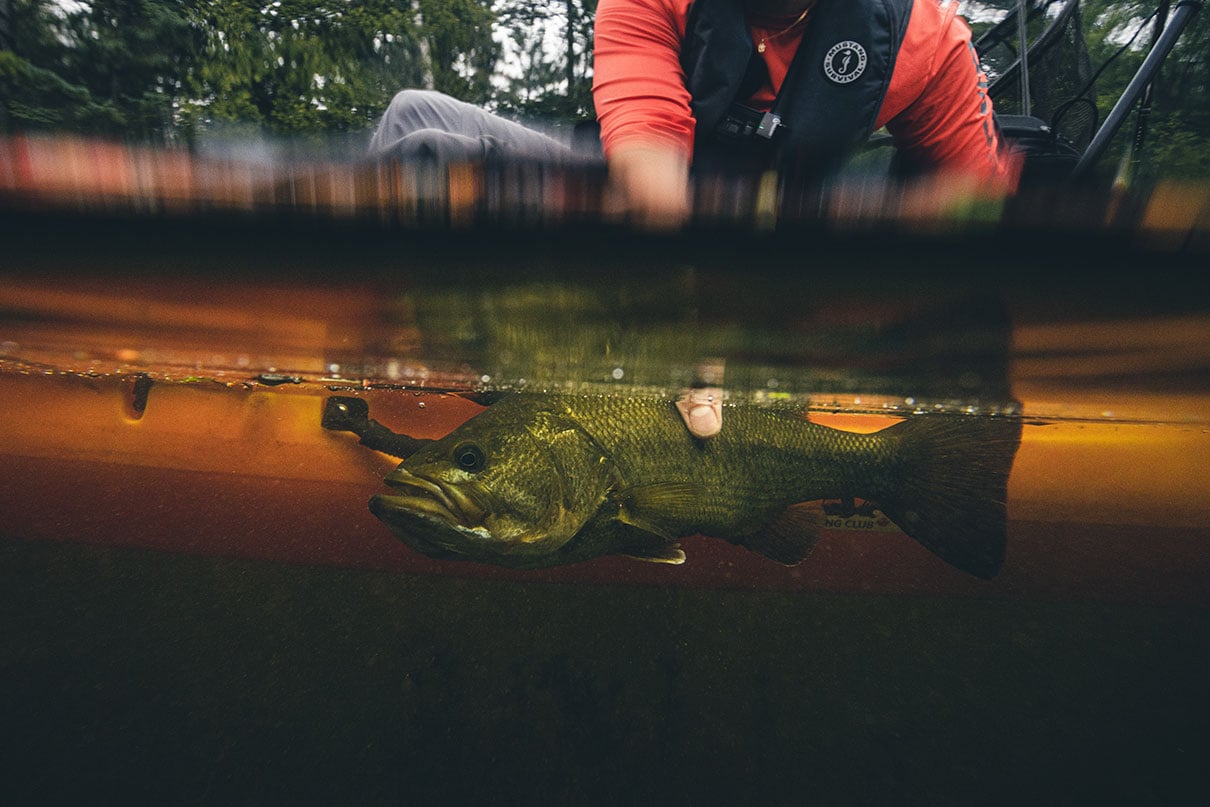
Fishing participation last year was up from 2022, with 57.7 million Americans spending time on the water. However, this growth is not from avid anglers; it’s from entry-level anglers and a growing group of women and Hispanic anglers. Manufacturers and retailers need to acknowledge these trends and support a more diverse audience who feel welcome and comfortable in this space. I would recommend outreach via social media or other online platforms to offer free lessons on knot tying, casting and introductory fishing techniques.
Responding to a drop in sales has resulted in tight margins. We’ve seen lower employment, less investment and more focus on core business. Cash flow is important, so there is more effort to collect what’s due and fewer term extensions for future business.
The biggest challenge has been the economy. Inflation is hitting hard. People are hesitant to spend more money on fishing tackle when food prices have gone up more than 20 percent and gas prices have gone up 37 percent over the last four years. This scenario has consumers looking for deals. If they can save $10, they are going to do it.
The biggest growth is in the Southeast markets as people continue to move to these states, and the weather allows for 12 months of fishing. Take advantage of entry-level anglers and start them down the path of becoming avid anglers. Offer incentives to participate and stay engaged. Use research posted on Recreational Boating and Fishing Foundation and ASA websites to get an overview of today’s anglers and develop a plan to focus on future anglers.”
James McBeath | Marketing Director, Hobie Kayaks
James McBeath spent years as the product director at Jackson Kayak. During the COVID pandemic, McBeath and others at Jackson were let go. After a year working at a media company, McBeath landed on his feet as the new marketing director at Hobie. During the pandemic, Hobie suffered blows to production and service. We asked McBeath about his plan to rebuild the future of fishing kayaks.
“When I came to Hobie, I had a holy shit moment. COVID hit this company at a key moment in its evolution and it was challenged through the pandemic. Now we’re humming again. Factories are back up and we are playing catch up, but we have an eye on the future.
Our focus is helping dealers sell boats. Across the industry, at the end of 2021 to 2022, dealers were ordering and manufacturers were producing a lot of products that filled the market. Manufacturers and dealers are now working hard to move products. I see discounted boats and gear, direct-to-consumer plays from companies and other creative ways to move products.
In response, Hobie is returning to innovation. We need new products to get consumers stoked about the next big thing in fishing, sailing and kayaking. During COVID, many companies couldn’t afford innovation. Hobie, like other manufacturers, didn’t take advantage of its research and development strengths. Now, we’re working on a five-year product development plan. We’ve lit a fire under a couple of projects to get our product development moving.
The other key for us is less dependence on overseas manufacturing and materials. We’ve moved parts manufacturing to North America and eliminated our dependence on third-party suppliers. We built a boat factory in Mexico to accommodate capacity issues and bring the technology we need to respond to growing demand. Streamlining the manufacturing process puts more boats in stores.
During the COVID boom, people bought gateway kayaks to test the waters. Now, they are ready to move up to a better kayak for a better experience. These people are on the cliff of becoming die-hard anglers. Manufacturers need high-quality boats with great customer service experiences to ensure hesitant anglers become enthusiasts.”
Dave Martin | CEO, YakAttack
Before becoming chief executive officer (CEO) of YakAttack in 2023, Dave Martin spent his career in the tackle industry. As a kid, Martin used PENN tackle to fish his local waters. Eventually, he worked his way to become the CEO of PENN. When PENN was sold, Martin moved to vice president of engineering and manufacturing at Zebco Brands and then president of Big Rock Sports’ Camp, Marine Division.
“The statistics on participation reveal the demographics and segments of consumers entering and exiting the sport are crucial. We’re seeing an influx of new recreational participants with lower spending, while the boomer generation, known for higher spending, is exiting. Therefore, it’s not just about the number of participants but their level of engagement in the sport.
The increasing participation numbers present a real opportunity for our industry. Our task is to keep these new participants engaged and help them grow in the sport. As they do, their investment in equipment and products will increase, and their influence will attract new participants.
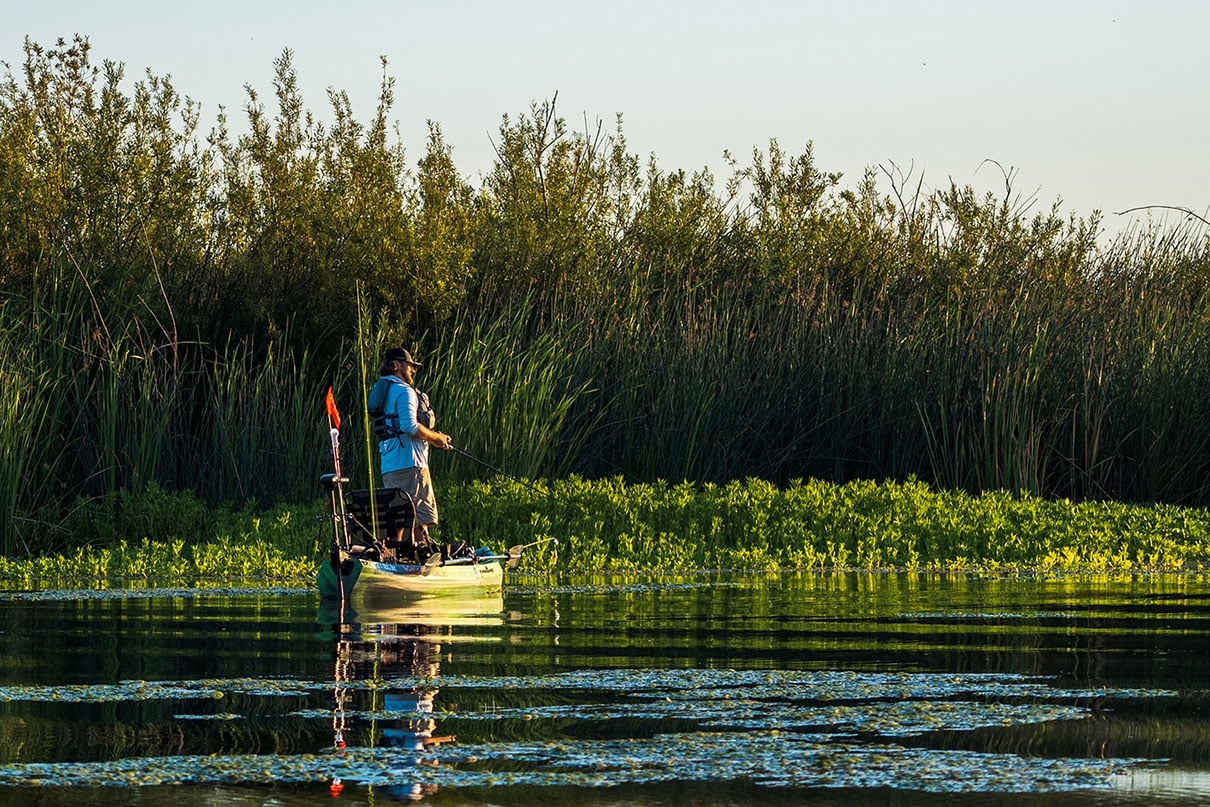
Our industry must work collectively to transition new anglers into avid enthusiasts. In today’s environment, it’s not enough to simply create products; we must educate our consumers on how to use them and understand their needs.
It is vital to enhance our digital presence and community engagement through social media, online forums and virtual events. Our goal is to foster a sense of community among participants, encouraging them to share experiences and knowledge, which drives loyalty and repeat business.
There are several elements to engaging these new participants. We need a robust retail base to engage with all levels of consumers. Additionally, we need to focus on the details driving the demand curve. Similar to fishing, paddlesports has seen an increase in participation as people seek outdoor activities. Consumers prefer experiences over high-priced equipment, with lower price points and used equipment becoming popular.
I believe our industry needs to break down some of the silos that exist today and find more effective ways to collaborate and cooperate. By focusing on engagement, education and community-building, our industry can turn new participants into dedicated enthusiasts, ensuring growth and sustainability.”
Houman Nikmanesh | President, Bixpy
Houman Nikmanesh was pedaling his kayak through strong currents and winds when he cooked up the idea for a small, powerful and indestructible kayak motor. The result is Bixpy, an impeller-driven motor and lithium battery system that fits on any kayak, canoe or paddleboard. Nikamesh had no engineering experience, so he hired talented people to help him realize his vision. While other businesses have seen a slump in sales, Bixpy continues to ride the wave of motorized paddlecraft.
“It is interesting to make sense of a growing industry that is churning along despite a drop in sales for most vendors. I suppose this is the lingering side effect of COVID.
We are not strictly selling to the fishing crowd. We’re able to hit paddleboarders, photographers and recreational kayakers. From the very early days, we have tried to cast the widest net to ensure we’re not tied to one demographic. That said, kayak fishermen are our bread and butter.
As an after-market add-on for most buyers, we’re enjoying all the extra kayaks on the market that now need a motor. In a sense, we’re still riding the remains of the COVID spike in sales for outdoor equipment.
To stay relevant in the changing landscape, we listen to how people use our products. We look for ways to improve our existing products and stay up to date on the industry. For example, when we realized the popularity of our rudder adapters, we went on a mission to make the best rudder on the market. We didn’t limit ourselves to designing a rudder just for our motor system; we set out to create the best rudder for any kayak.
I don’t know how long the wave will last, and we’re diversifying our demographic to ensure we continue to grow and keep our sales steady. Three years ago, paddleboarders were a single-digit portion of our client base. We worked hard to get the message out about our paddleboard motors; now, a large portion of our business is paddleboarders.”
Catch anglers as they transition from newbies to enthusiasts. | Feature photo: Doyle Smith


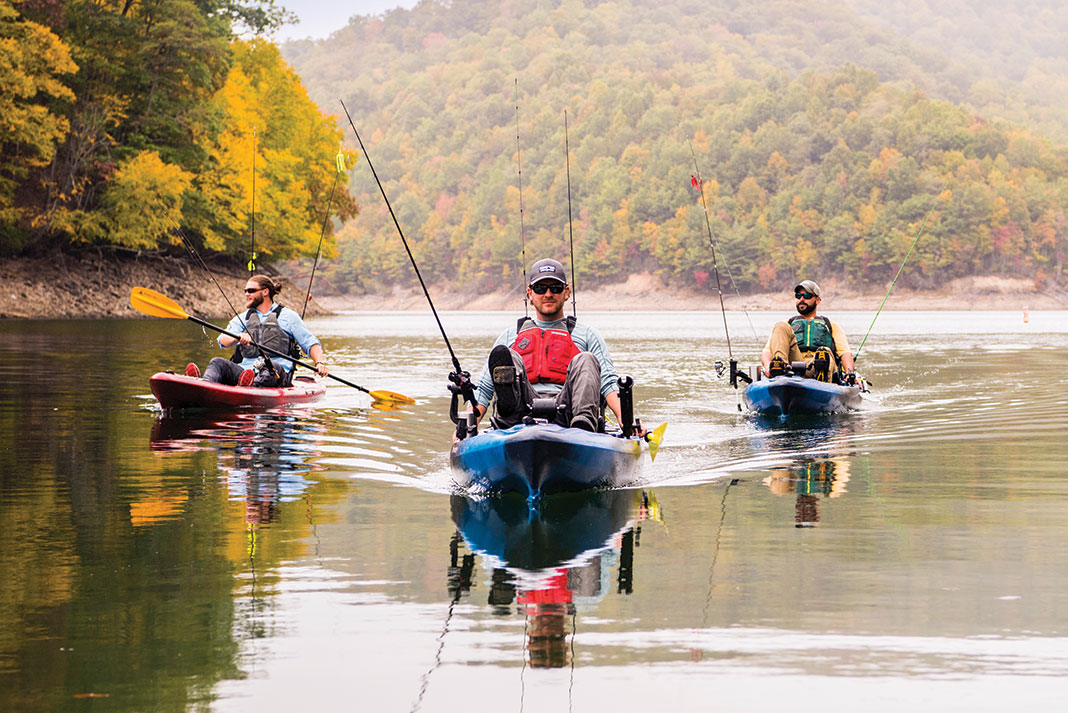
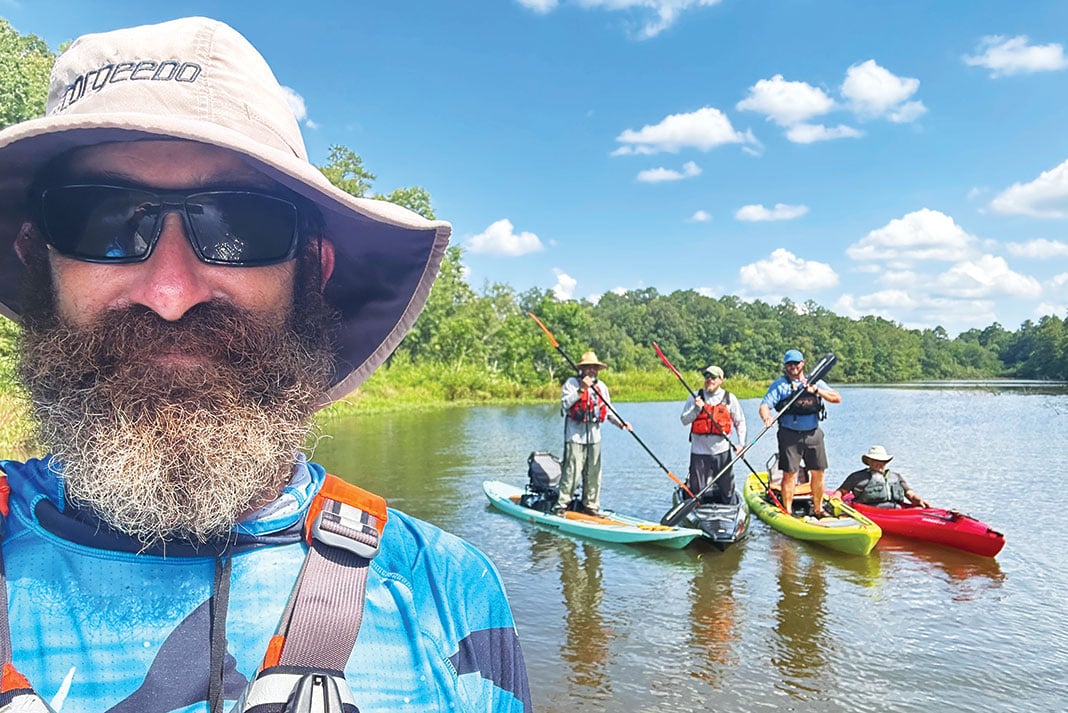
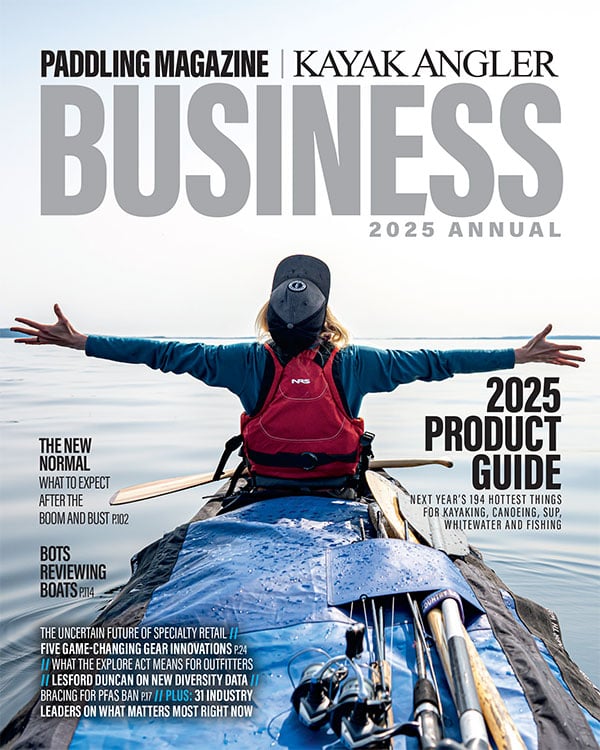 This article was first published in the 2024 issue of Paddling Business.
This article was first published in the 2024 issue of Paddling Business. 